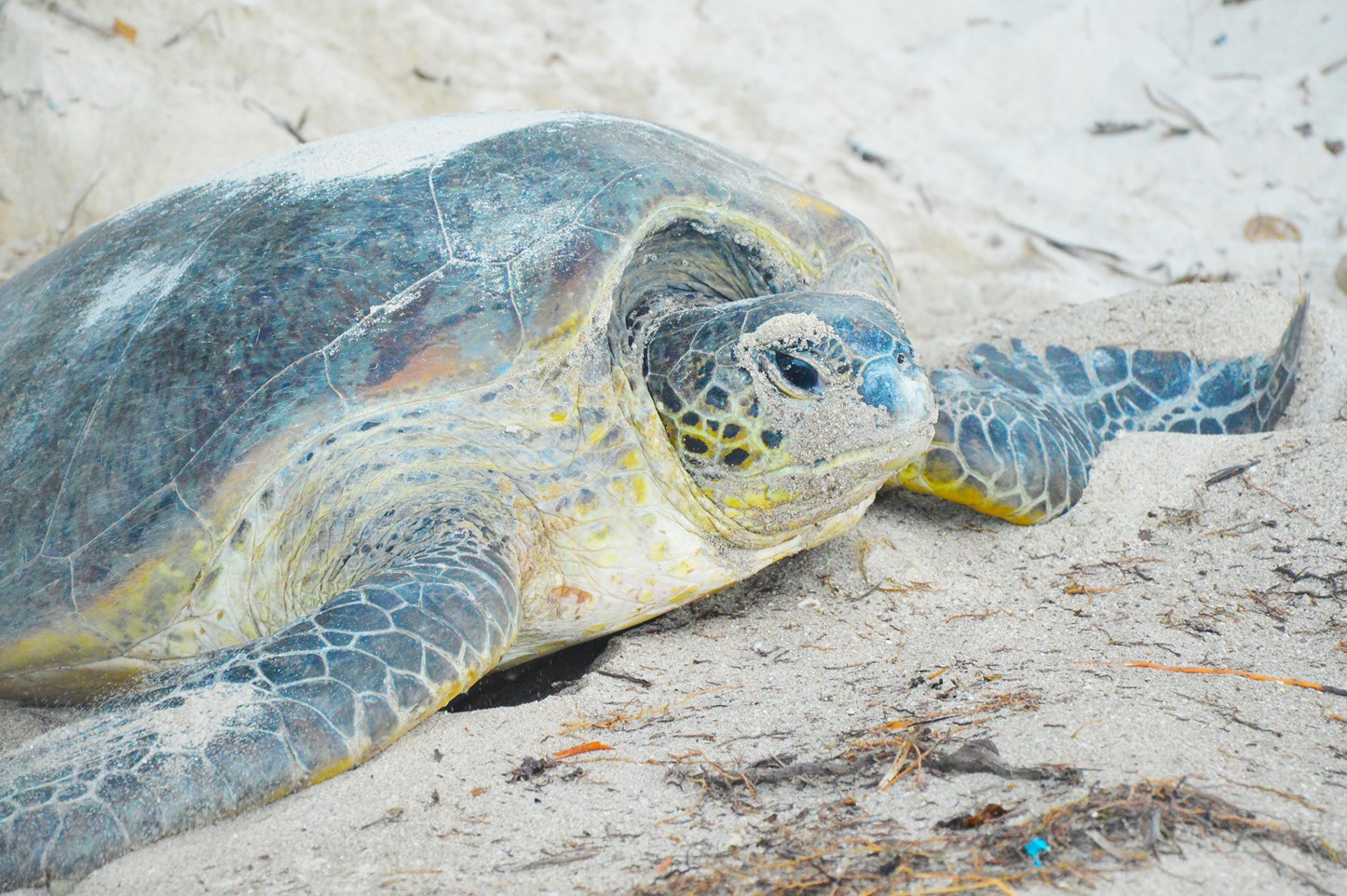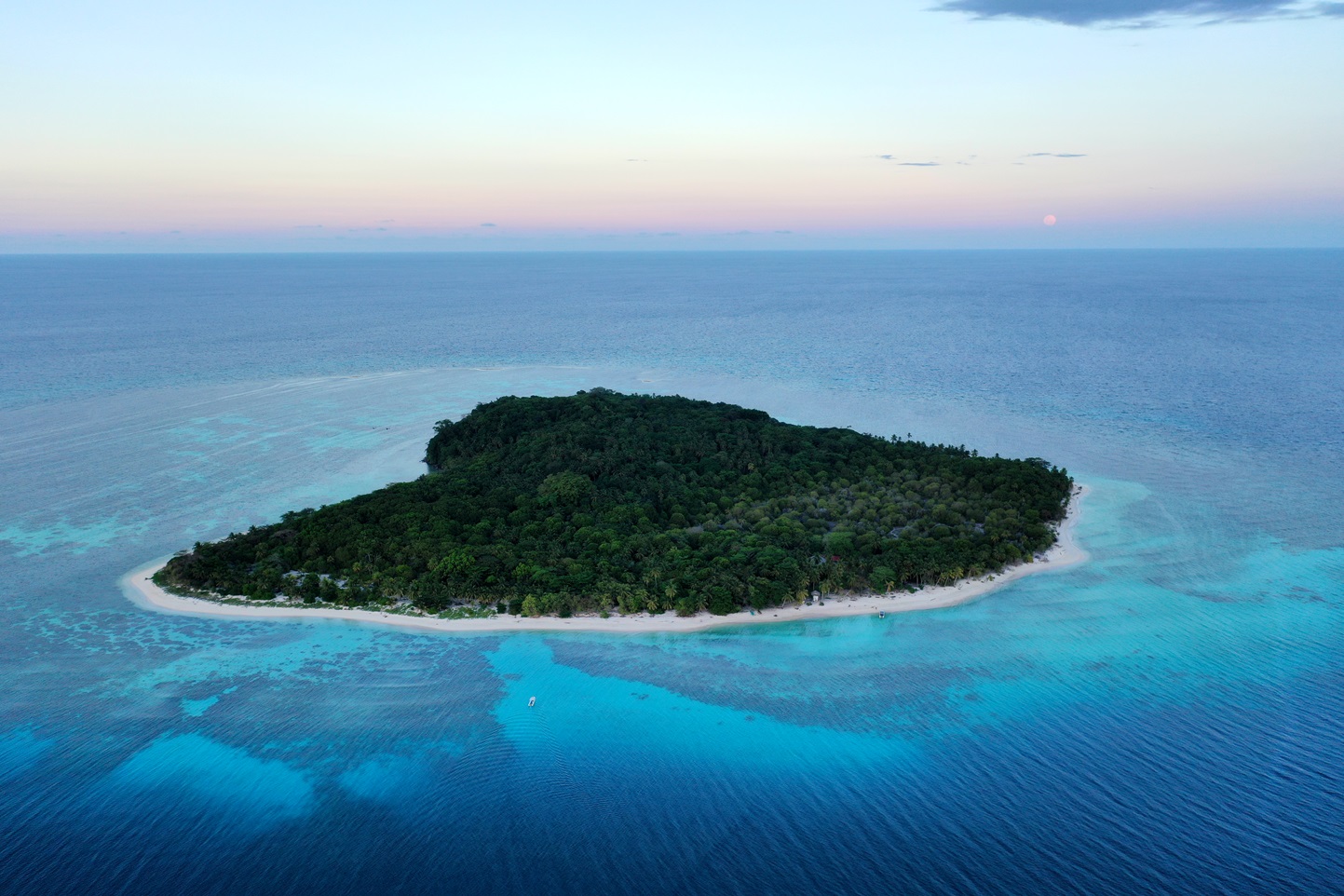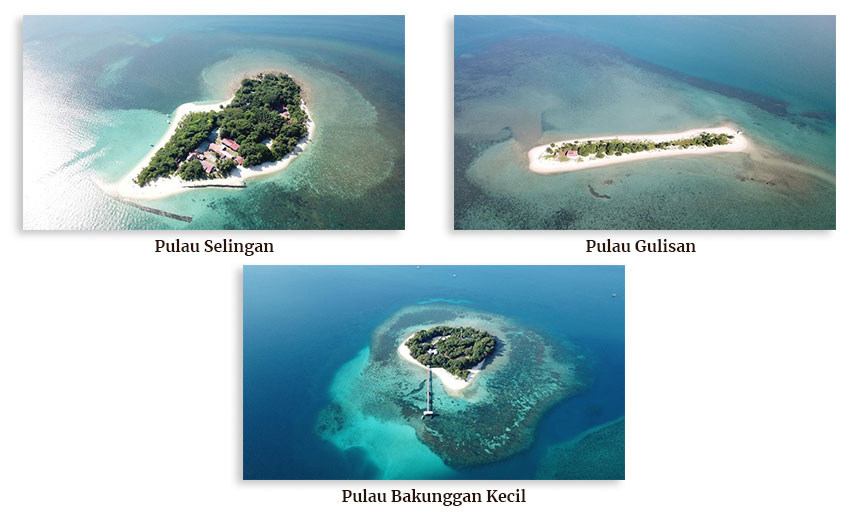
Turtle Island: A Last Refuge – The Vital Role of Marine Protected Areas in Turtle Survival
The ancient mariners of our oceans, marine turtles, embark on epic journeys spanning thousands of miles, navigating by senses honed over millions of years. Their lives are a testament to resilience, yet today, these magnificent creatures face unprecedented threats. From the warming of our seas to the proliferation of plastic, the challenges are myriad and often overwhelming. In this dire landscape, a scattering of islands, known collectively as "Turtle Island," stands as a critical beacon of hope, safeguarded by the crucial framework of Marine Protected Areas (MPAs).
Specifically, we refer to the Turtle Islands Heritage Protected Area (TIHPA), a unique transboundary sanctuary located in the Sulu Sea, straddling the maritime borders of Malaysia and the Philippines. This archipelago, comprising nine small islands – three belonging to Malaysia (Selingaan, Bakungan Kecil, Gulisan) and six to the Philippines (Boan, Lihiman, Langaan, Great Bakkungan, Baguan, Taganak) – is not merely a collection of landmasses; it is a globally recognized nesting haven for two of the most endangered species: the Green Turtle (Chelonia mydas) and the Hawksbill Turtle (Eretmochelys imbricata). The story of Turtle Island is, in essence, the story of how dedicated protection, collaborative governance, and scientific vigilance can offer a lifeline to species teetering on the brink.
The Crucible of Life: Why Turtle Island Matters
For marine turtles, life begins and ends on the beach. Female green turtles, for instance, often return to the very beach where they were born, sometimes decades later, to lay their own clutches of eggs. This incredible fidelity to natal nesting grounds makes specific, undisturbed beaches absolutely indispensable for their survival. The islands within TIHPA are precisely these indispensable sites. Over 90% of all nesting activities in the Sulu Sea region occur within the TIHPA, making it the most significant nesting area for Green Turtles in the entire ASEAN region and a crucial stronghold for Hawksbills.
The importance of this area extends beyond nesting beaches. The surrounding coral reefs, seagrass beds, and open waters provide vital foraging grounds for adult turtles and developmental habitats for juveniles. These diverse ecosystems are integral to the turtles’ life cycle, offering food, shelter, and migratory pathways. Without comprehensive protection for both their terrestrial and marine habitats, the future of these populations would be bleak.

Marine Protected Areas: A Shield Against the Storm
Marine Protected Areas are geographically defined zones in the ocean where human activities are regulated or restricted to achieve conservation objectives. For turtles, MPAs are not a luxury but a necessity. They serve as multi-faceted shields, designed to mitigate the array of threats that endanger these ancient reptiles:
- Habitat Preservation: MPAs directly protect critical nesting beaches from coastal development, erosion, and human disturbance. They also safeguard essential marine habitats like coral reefs and seagrass beds, which are vital for feeding and resting.
- Reduction of Direct Exploitation: Historically, turtles and their eggs were harvested for food, shells (hawksbill scutes for "tortoiseshell" products), and traditional medicine. MPAs enforce strict bans on such activities, allowing populations to recover.
- Mitigation of Bycatch: While challenging to enforce in open waters, MPAs can regulate fishing methods within their boundaries, reducing the incidence of turtles accidentally caught in fishing gear (bycatch).
- Scientific Research and Monitoring: MPAs provide controlled environments for scientists to study turtle populations, monitor nesting trends, track migratory patterns through tagging, and understand the impact of environmental changes. This data is crucial for adaptive management strategies.
- Public Awareness and Education: By establishing protected areas, a clear message is sent about the value of these species and their habitats. MPAs often incorporate educational programs for local communities and tourists, fostering a sense of stewardship.

The Genesis of a Transboundary Sanctuary: TIHPA
The establishment of the Turtle Islands Heritage Protected Area in 1996 was a landmark achievement in international conservation. It marked the world’s first transboundary MPA dedicated to marine turtles, a testament to shared responsibility between two nations. This collaborative effort was born from a recognition that turtles do not respect political boundaries; their survival hinges on protection across their entire range.
"The creation of TIHPA was revolutionary," explains Dr. Lena Sharma, a leading marine biologist with the World Wildlife Fund. "It acknowledged that conservation success, especially for migratory species like turtles, requires a borderless approach. Malaysia and the Philippines set a global precedent for how neighboring countries can unite for a common environmental goal."
The governance of TIHPA involves joint management committees from both countries, facilitating shared scientific data, coordinated patrolling efforts, and harmonized conservation policies. This cooperation is vital, as threats like poaching and illegal fishing often exploit political divisions.
Conservation in Action: Successes and Strategies
Within TIHPA, conservation efforts are multifaceted and continuous:
- Nest Protection and Hatchery Management: Park rangers meticulously patrol beaches during nesting season, collecting eggs laid in vulnerable areas (e.g., below the high tide line) and relocating them to secure hatcheries. This practice significantly increases hatching success rates, protecting eggs from predators, poachers, and tidal inundation. Once hatched, the tiny turtles are released directly into the sea, allowing them to imprint on their natal beach.
- Anti-Poaching Patrols: Joint patrols by Malaysian and Philippine authorities are a constant presence, deterring poachers who seek to harvest eggs or adult turtles. While challenges persist, these patrols have significantly reduced illegal activities compared to pre-MPA levels.
- Scientific Monitoring and Research: Tagging programs allow scientists to track individual turtles, gathering data on growth rates, reproductive frequency, and migratory routes. DNA sampling helps understand population genetics, while regular nest counts provide crucial insights into population trends. "The long-term data collected within TIHPA is invaluable," states Dr. Sharma. "It allows us to see the direct impact of our conservation efforts and adapt strategies when necessary."
- Community Engagement: Local communities, many of whom traditionally relied on turtle harvesting, are now actively involved in conservation. Some residents serve as park rangers, guides, or participate in awareness programs. This shift from exploitation to stewardship is fundamental to the MPA’s long-term success. "When I was a boy, we ate turtle eggs," recounts Pak Cik Rahman, a veteran park ranger on Selingaan Island. "Now, my grandchildren help release the hatchlings. We understand that protecting them protects our future too."
These concerted efforts have yielded tangible results. While global turtle populations remain threatened, data from TIHPA indicates a stable or even increasing trend in nesting numbers for Green Turtles within its boundaries, a rare success story in marine conservation.
The Unrelenting Tide: Challenges to Turtle Island’s Future
Despite the successes, TIHPA and its turtles face a relentless barrage of threats, many of which transcend the boundaries of the MPA:
- Climate Change: This is arguably the most pervasive long-term threat.
- Sea-Level Rise: As global temperatures increase, sea levels rise, eroding nesting beaches and inundating nests.
- Temperature-Dependent Sex Determination: Turtle sex is determined by the temperature of the sand during incubation. Warmer sands produce more females. A mere 1-2 degree Celsius increase can skew hatchling sex ratios dramatically, leading to an overwhelming majority of females and potentially jeopardizing future breeding success.
- Ocean Acidification and Coral Bleaching: Rising ocean temperatures and acidity threaten coral reefs, crucial foraging grounds for Hawksbill turtles, which feed on sponges that grow on corals.
- Plastic Pollution: The oceans are drowning in plastic. Turtles mistake plastic bags for jellyfish (a common food source) and ingest them, leading to blockages and starvation. They also become entangled in discarded fishing nets ("ghost gear") and other plastic debris, resulting in injury, drowning, or limited mobility. It is estimated that over 13 million tons of plastic enter our oceans annually, much of which ends up in critical habitats like the Sulu Sea.
- Illegal, Unreported, and Unregulated (IUU) Fishing: Despite patrols, IUU fishing remains a threat, leading to bycatch and habitat destruction. Dynamite fishing, though illegal, can devastate coral reefs and seagrass beds.
- Habitat Degradation Outside MPA Boundaries: While TIHPA protects core nesting and foraging sites, activities outside its borders – such as coastal development, pollution from land-based sources, and unsustainable tourism – can still impact migratory turtles and the broader marine ecosystem.
- Funding and Resource Limitations: Maintaining a transboundary MPA, with its extensive patrolling, monitoring, and community engagement programs, requires substantial and sustained funding, which can often be a challenge for developing nations.
A Continuous Commitment: The Path Forward
The story of Turtle Island is a powerful reminder that conservation is not a one-time achievement but a continuous commitment. The TIHPA stands as a testament to what can be achieved through international cooperation and dedicated effort. However, its long-term success hinges on addressing the escalating global threats.
Future efforts must focus on:
- Climate Change Adaptation: Implementing strategies to protect nesting beaches from erosion, potentially exploring "climate-controlled" hatcheries, and robustly protecting offshore habitats that can withstand environmental shifts.
- Waste Management and Pollution Control: Tackling plastic pollution at its source, both locally and globally, is paramount.
- Strengthening Enforcement and Collaboration: Continued investment in joint patrols, surveillance technology, and intelligence sharing between Malaysia and the Philippines.
- Expanding Research and Monitoring: Utilizing cutting-edge technologies like satellite tagging and genetic analysis to better understand turtle ecology and adapt conservation strategies.
- Global Advocacy: Pressuring international bodies and governments to take decisive action on climate change and marine pollution.
Turtle Island, with its ancient rhythms of nesting and hatching, symbolizes hope. It demonstrates that humanity, through intentional action and collective will, can still carve out sanctuaries for the natural world. The fate of these magnificent creatures, and indeed the health of our oceans, rests on our continued commitment to protect these last refuges. The silent, tireless work of conservationists, rangers, and scientists on Turtle Island ensures that the epic journey of marine turtles continues for generations to come.


